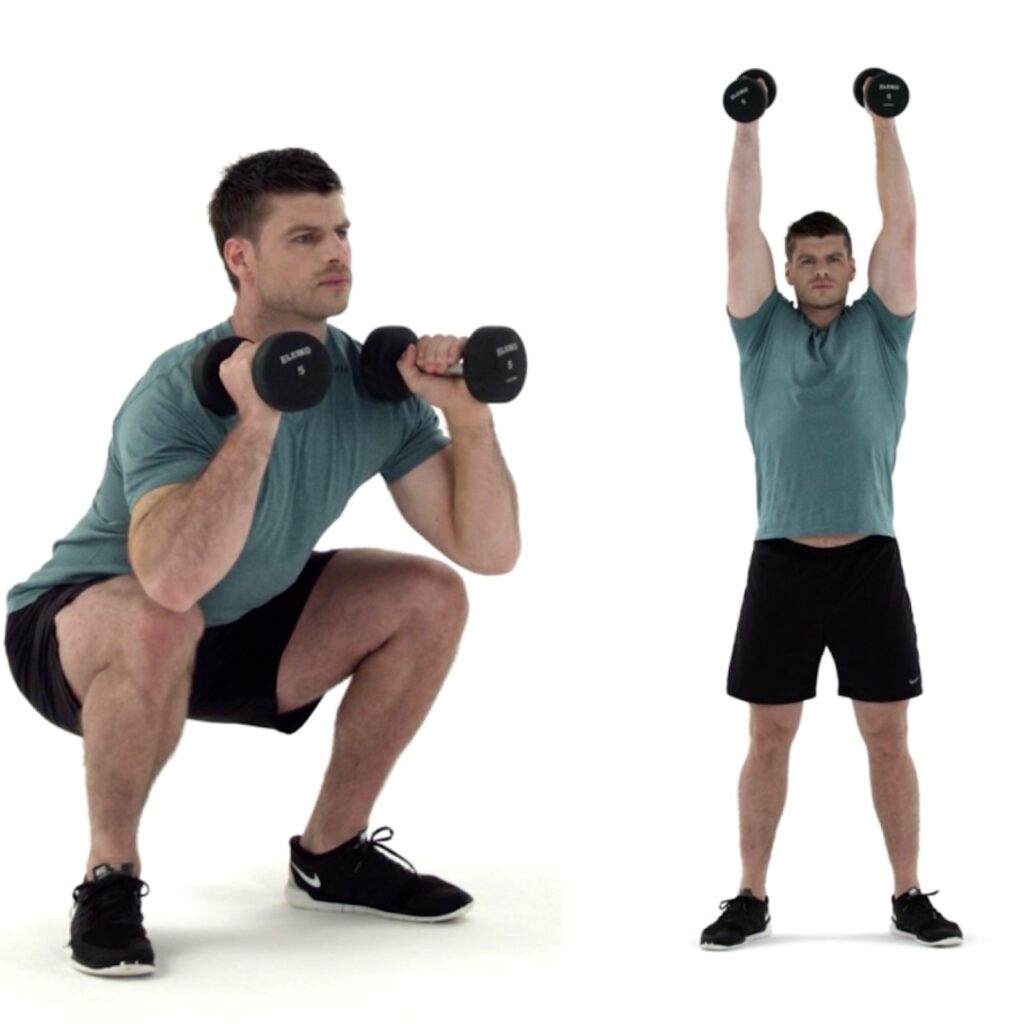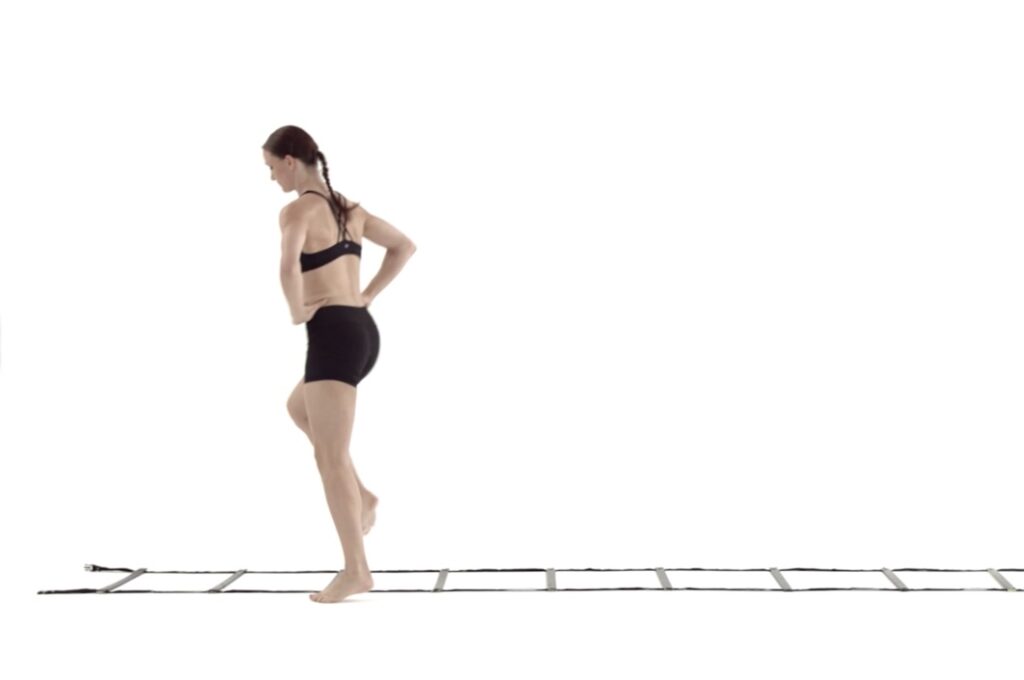
Welcome to our November blog! Summer went by unbelievably quickly (like it always does) and soon snow and ice will be upon us. And with snow and ice come slippery conditions. We have all experienced slipping and falling at some point in our lives. And while some people remain relatively unscathed with simple bumps and bruises, others can get seriously injured. It is estimated that one out of five falls can cause a serious injury (1). These injuries can vary from sprains/strains, fractured bones to traumatic brain injuries, and can result in significant and prolonged disability. The Center for Disease Control and Prevention reports that over 800,000 patients per year in the United States alone are hospitalized due to injuries from falling (1). This is a huge number – to put it into perspective, an average stadium holds 70,000 people. Over 11 stadiums full of people end up in the hospital each year in the United States because of falls alone!
What happens to our bodies when we fall? When we first start losing control during a slip, the body detects this through changes in neural input from the many “sensors” in our body, including our vestibular system, our vision, as well as motion detectors in our muscles, joints and ligaments. This causes our body to release a surge of adrenaline, which produces a sensation of sudden shock. Our brain detects these signals and responds with a rescue strategy to regain our balance.

However, in certain individuals, these responses are either delayed or suboptimal which predisposes them for falls and subsequent injury (2). Research shows that older individuals, often living alone, taking certain medications (benzodiazepines, psychotropics, diuretics, sedatives), and having certain conditions (circulatory disease, chronic obstructive pulmonary disease, depression and arthritis) are considered to be at higher risk for falls (3). Impaired mobility, balance and gait are also considered to be major contributing factors. It has been shown that a person can lose approximately 10% of muscle strength and endurance, as well as about 30% of muscle power per decade after the age of 30 (3). Sedentary people and unresolved lower extremity injuries are other risk factors.
We cannot change the weather but we can manage our risk factors. For example, if you are on sedatives or are taking medications with sedating effects like muscle relaxants, then proper dosing is important. Pay attention to your mobility, balance, gait and muscle strength. Physiotherapists can help you identify muscle weaknesses and proprioception/coordination deficits that can contribute to a failed response to falls and improve them through targeted and progressive exercises. Here is an example of a 3-phase program to improve strength, balance and speed:

Phase 1: Establish a base foundation of strength with strong resistance exercises. Coordination and balance exercises are also performed at the same time. This pairing is vital for joint stability.
Phase 2: Begin an endurance muscle program so that muscles can contract for longer periods of time. Fall risks are higher when we are fatigued and so building fatigue resistance is essential.

Phase 3: Speed or Power. We have to be able to move quickly especially with load and so plyometric or speed exercises can now be built on an established foundation of strength, balance and endurance.
Don’t get caught slipping this winter! We are here to help!
References:
- “Important Facts about Falls.” Centers for Disease Control and Prevention, Centers for Disease Control and Prevention, 10 Feb. 2017, https://www.cdc.gov/homeandrecreationalsafety/falls/adultfalls.html.
- Pei-Fang Tang, Marjorie H. Woollacott, Inefficient Postural Responses to Unexpected Slips During Walking in Older Adults, The Journals of Gerontology: Series A, Volume 53A, Issue 6, November 1998, Pages M471–M480, https://doi.org/10.1093/gerona/53A.6.M471
- Todd C, Skelton D. (2004) What are the main risk factors for falls among older people and what are the most effective interventions to prevent these falls? Copenhagen, WHO Regional Office for Europe (Health Evidence Network report; http://www.euro.who.int/document/E82552.pdf, accessed 5 April 2004).
Submitted by Georgi Trifonov

